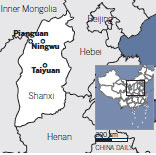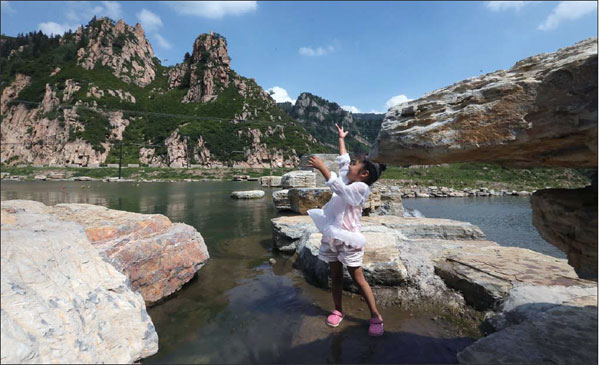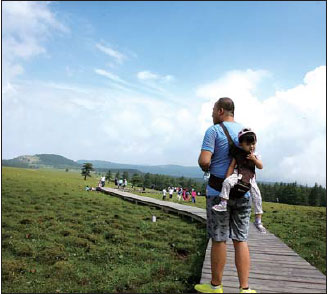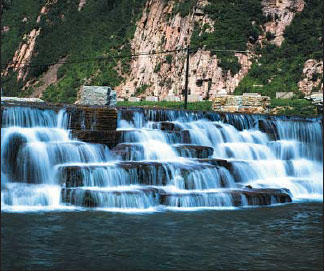Discovering Shanxi
The province still has some wonderfully undisturbed hidden delights, a foreign visitor Robert Tonkin finds.
You've seen the Great Wall, the Forbidden City and the Terracotta Warriors and, sure, they're fantastic and all that, but, you're looking for something more and feel like there's something missing.
Perhaps, like many foreigners visiting, or even living in, China, you've found yourself thinking that you know the China you're seeking, the one with a rich history and culture - but without the hordes of tourists or over-development - is out there somewhere, if you can only find it.
If this is the case, North China's Shanxi province could be the answer you seek. From an expat's perspective the journey might be a little tougher, but the rewards of taking the path less traveled are high.
The province next door, Shaanxi, likes to boast of its 3,000 years of history, but when you compare it to Shanxi's it doesn't seem so impressive.

Its main drawing cards - Pingyao and Datong - are indeed remarkable but its true beauty lies in the countryside. Its stunning scenery, traditional cave houses dotting the loess cliff faces and interesting architecture that is found almost everywhere, means there will always be something to look at as your bus snakes its way through the mountainous regions.
Luya Mountain is most likely not something you've exactly heard of, but the area packs an abundance of unique attractions that can keep you occupied for at least a few days - from the suspended coffins of the ancient elite to a temple tucked into a niche carved into a cliff. Each valley contains its own surprise, and each is vastly different from the next. And, hidden at the end of one of these valleys is the xuan kong cun, or Hanging Village.
Just scramble up the steep walkway that winds past the waterfall and you find yourself on a cantilevered wooden pathway perched precariously over the valley below, which you can glimpse through the cracks between the planks or logs. On one inward side are the basic, rudimentary dwellings of the village, on the other, a remarkable view of the valley below.
Or perhaps you're wondering where lao niu wan, or Old Cow Bay, is and if so you're probably not alone. But, considering the fact that it's where the Yellow River meets the Great Wall, it's amazing that it's managed to remain so undeveloped and relatively unknown.
Up atop the steep cliffs that run down to the river lies an old fortress, once an indispensable part of the defense against northern invaders, from which you can gaze across the river to the Inner Mongolia autonomous region.
What's most remarkable, perhaps, is the lack of development. Nonetheless, while the crumbling fort is no doubt just a shadow of what it was in its heydays therein lies its beauty.
There are no boardwalks, no glass walkways, and if you really wanted you could push down part of the ancient walls with your bare hands. And, while restoration does have its merits, you can't help feeling that it's perfect the way it is now.
When you combine the natural beauty of the steep cliffs framing the Yellow River with the fascinating fort in it's natural, undisturbed form, you're unlikely to even pay much attention to the Great Wall lying just across the river.
And reaching these places might not be easy - it's likely going to involve a long bus ride or hiring a private car - but the payoff is that you get to see things in their natural state, without adornment and without throngs of tourists. Shanxi province just may be the China you've long been looking for.
The author is an Australian and a web editor at International Business Unit, Ctrip.com.
|
Frolicking at the source of the Fenhe River, Ningwu county. Fenhe is considered to be Shanxi's mother river, and has become a scenic area in the province, a place where tourists can enjoy the crystal clean water and gurgling stream.Jiang Dong / China Daily |
|
|
|
|
(China Daily 09/09/2016 page19)

















